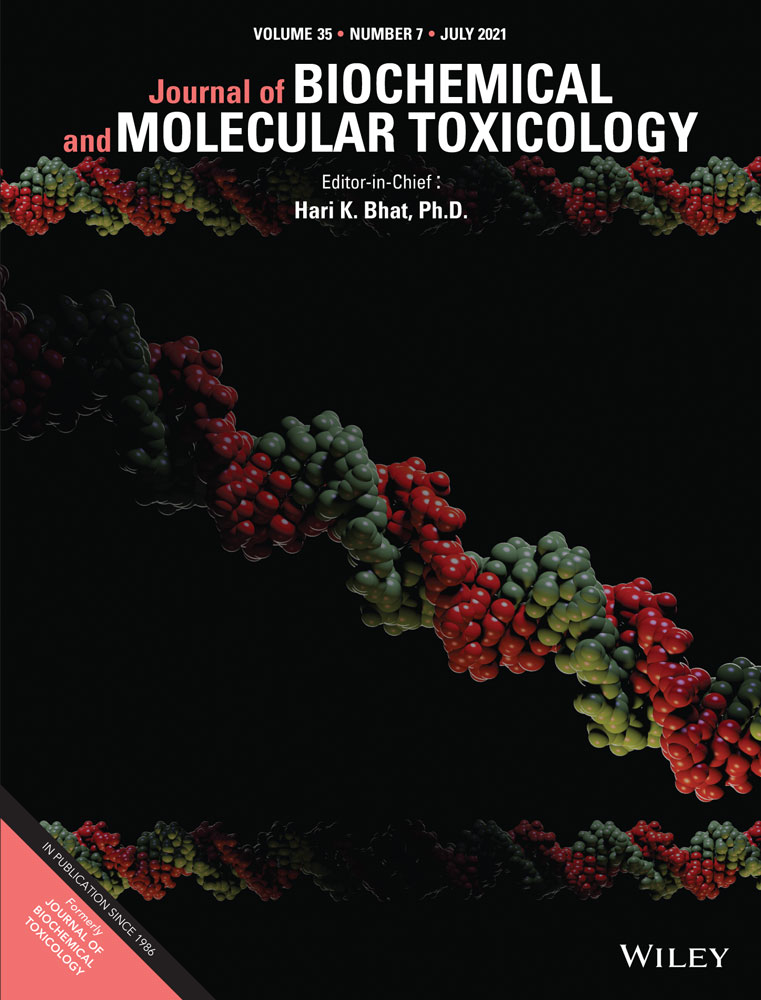β-Asarone suppresses TNF-α expression through DNA methylation and c-Jun-mediated transcription modulation in scratch-injured neuronal cells
Abstract
This study aimed to investigate the role and possible mechanism of β-asarone in regulating neuronal apoptosis and axonal regeneration. A scratch injury was applied to cell cultures of mouse primary cortical neurons to mimic neuronal injury. The neuronal apoptosis was evaluated by terminal deoxynucleotidyl transferase dUTP nick end labeling staining and western blot analysis of apoptosis-related proteins. The axonal regeneration was assessed by immunofluorescent staining of β-tubulin III and western blot analysis of axonal markers. In the results, β-asarone inhibited neuronal apoptosis and promoted axonal regeneration by suppressing tumor necrosis factor-α (TNF-α) expression in scratch-injured mouse neuronal cells. Research investigating the molecular mechanisms by which β-asarone inhibited TNF-α expression showed that, on the one hand, β-asarone suppressed the JNK/c-Jun pathway and thus transcriptionally inhibited TNF-α expression; on the other hand, β-asarone induced expression of UHRF1 that recruited DNMT1 to induce TNF-α promoter methylation and subsequently decreased the messenger RNA expression of TNF-α. In conclusion, β-asarone suppresses TNF-α expression through DNA methylation and c-Jun-mediated transcription modulation in scratch-injured neuronal cells.
Open Research
DATA AVAILABILITY STATEMENT
The data that support the findings of this study are available from the corresponding author upon reasonable request.




